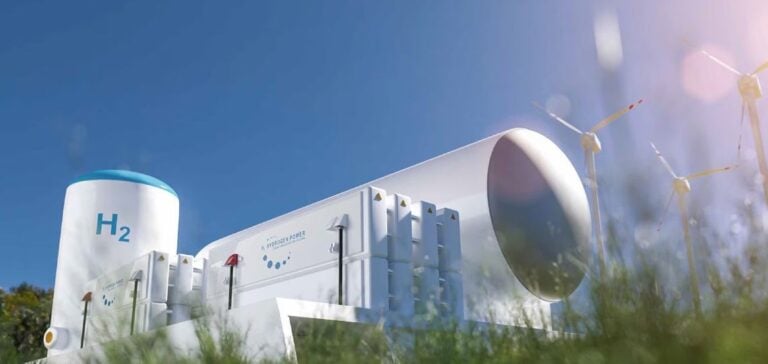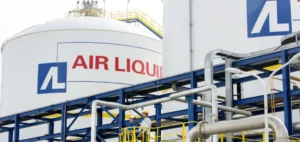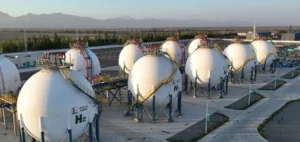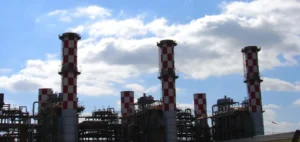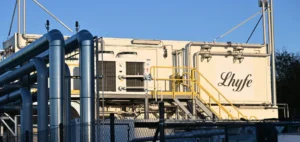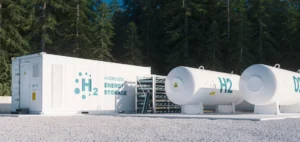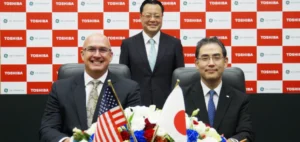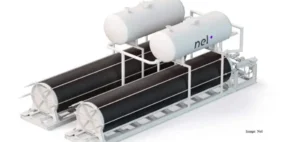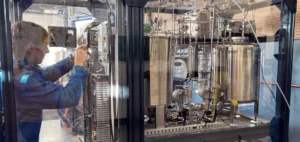South Africa is taking a new step in developing its green hydrogen sector with the launch of the SA-H2 fund. Funded with 37 million USD jointly contributed by the Public Investment Corporation (PIC), the Industrial Development Corporation (IDC), and the Development Bank of Southern Africa (DBSA), the fund aims to accelerate the emergence of a local green hydrogen industry oriented toward exports.
Structured international partnerships
Managed by Climate Fund Managers and Invest International, SA-H2 results from an international partnership involving South African public stakeholders and international private investors. On June 12, the fund announced its first investment of 20 million USD in Hive Coega, an industrial project located in the Eastern Cape province. The plant aims to annually produce 1 million tonnes of green ammonia, derived from green hydrogen, with commercial operations expected to begin in 2029.
Structured financing relies on a blended finance model combining public and private resources. Lebogang Seperepere, Acting Executive Director of the Project Preparation division at DBSA, stated: “Our investment in SA-H2 reflects DBSA’s mission to advance a just energy transition by developing infrastructure that promotes sustainable and inclusive growth. This fund’s blended finance model enables us to mobilise our capital to catalyse large-scale private sector investment.”
National strategic framework
The creation of SA-H2 is part of a broader strategy initiated during a June 2023 meeting between South African, Dutch, and Danish leaders. At that time, a blended finance platform capable of mobilising up to 1 billion USD was announced. The fund also benefits from the involvement of notable private investors, including the South African group Sanlam.
The South African government actively supports the development of a competitive and structured green hydrogen sector, considered essential for decarbonisation and for positioning the country on the global energy market. Authorities rely on the country’s natural resources, including intense sunlight and steady winds, to produce green hydrogen at competitive costs.
Tangible industrial development
The Hive Coega project concretely illustrates the industrial momentum fostered by SA-H2. This industrial facility aims to export green ammonia, a hydrogen derivative, to promising international markets. With its announced capacity of 1 million tonnes per year, Hive Coega positions itself as a potential benchmark for South Africa’s emerging green hydrogen sector.
Planned investments indicate a clear intention to establish a complete value chain, from renewable hydrogen production to industrial transformation. This industrial structuring aligns with strategic guidelines defined by South African authorities, supported by encouraging regulations designed to attract more international capital to this promising sector.


